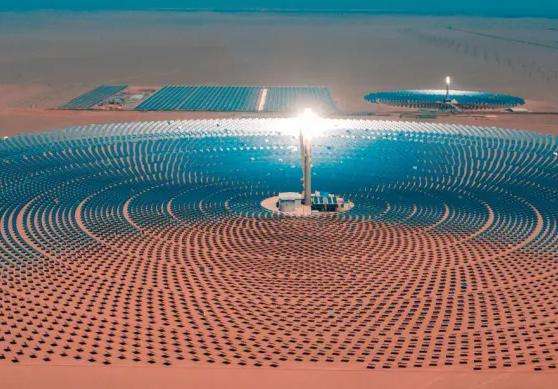As early as 1789, Jan Rudolf de Man and Adrian Pais van Truswijk used an electrostatic device to generate electricity using gold electrodes to electrolyze water from a Leiden bottle into gas . In 1800, Alessandro Volta invented the voltaic cell, which would be used a few weeks later by William Nixon and Anthony Carlyle to electrolyze water. After Gramm invented the direct current generator in 1869, water electrolysis gradually attracted attention as an inexpensive method of producing hydrogen.
Of course not. If this were to happen, it would be too simple to produce liquid oxygen and liquid hydrogen. The NASA-launched Space Shuttle (powered by liquid oxygen and liquid hydrogen) would do it. be too simple.
This pressure has little to do with your voltage, but with the work you are doing cranking the generator by hand. Suppose that le energy conversion rate of each link is 100%.
When water is electrolyzed, it can be converted into the chemical energy of oxygen and hydrogen and stored. When oxygen and hydrogen accumulate to a certain extent and the pressure increases to a certain value, the oxygen and hydrogen undergo chemical reactions. again (oxygen and hydrogen also occur under high pressure), turns into water (the volume of your ideal container remains unchanged at this point) and at the same time releases heat. Everything in this container is water and electricity again. the energy you bring becomes heat (thermal radiation). At this pressure, under high pressure, the rate of hydrogen and oxygen produced by the electrolysis of water is balanced with the rate of hydrogen and oxygen reacting to form water under high pressure. , the electrical energy you input swill be converted 100% into thermal energy. Because your ideal container is hard enough, I would not consider that the explosion will cause your container to explode.
The answer above is limited to the scope of classical physics knowledge.
>This brother's question is very interesting!! I still need to change my answer. Of course, if I can answer your question perfectly, I think my abilities must not be less than. that of Einstein.
The greatest pressure in the universe:
When a planet is large enough, the pressure generated by its gravitational phase will collapse the atoms of matter, forcing electrons to transform into protons. , and the structure of matter will all exist in the form of neutrons. This is called a neutron star. If the Earth is squeezed into this state, its volume may be less than that of a football, but its mass (weight) will not change.
If theplanet is more massive, then the pressure generated by its gravity will collapse the neutrons, turning it into a black hole. Gravity will attract all rays (including light). The scientists also forgot to tell me in what form matter existed at that time.
As the mass increases further, the pressure generated by gravity will push the volume of the material to 0. At that point, the material will no longer have any volume, and there will be no no more volume at all, but the mass will be infinite and the density will be infinite. The energy density is also infinite. Science calls this a “singularity.” Therefore, the singularity has infinite mass, infinite density, and infinite energy density. It cannot exist stably. The universe is the result of an unstable explosion from a singularity.
Back to your question:
In other words, theoretically, if the pressure is high enough, anyThe gas can be pressed into a liquid or a solid. As for what is normal? Are there any gases that can directly turn into solids when compressed at room temperature? Currently, perhaps the world is not able to provide the equipment necessary for such an experiment?
The maximum pressure in the universe acts on gas, so is there still gas? When the pressure reaches the singularity, the volume of any substance becomes zero or infinitesimal. In this form, it does not matter what its predecessor was, whether it was a gas, a liquid, a solid, a human, a cat, a dog or 'a pile of shit.














